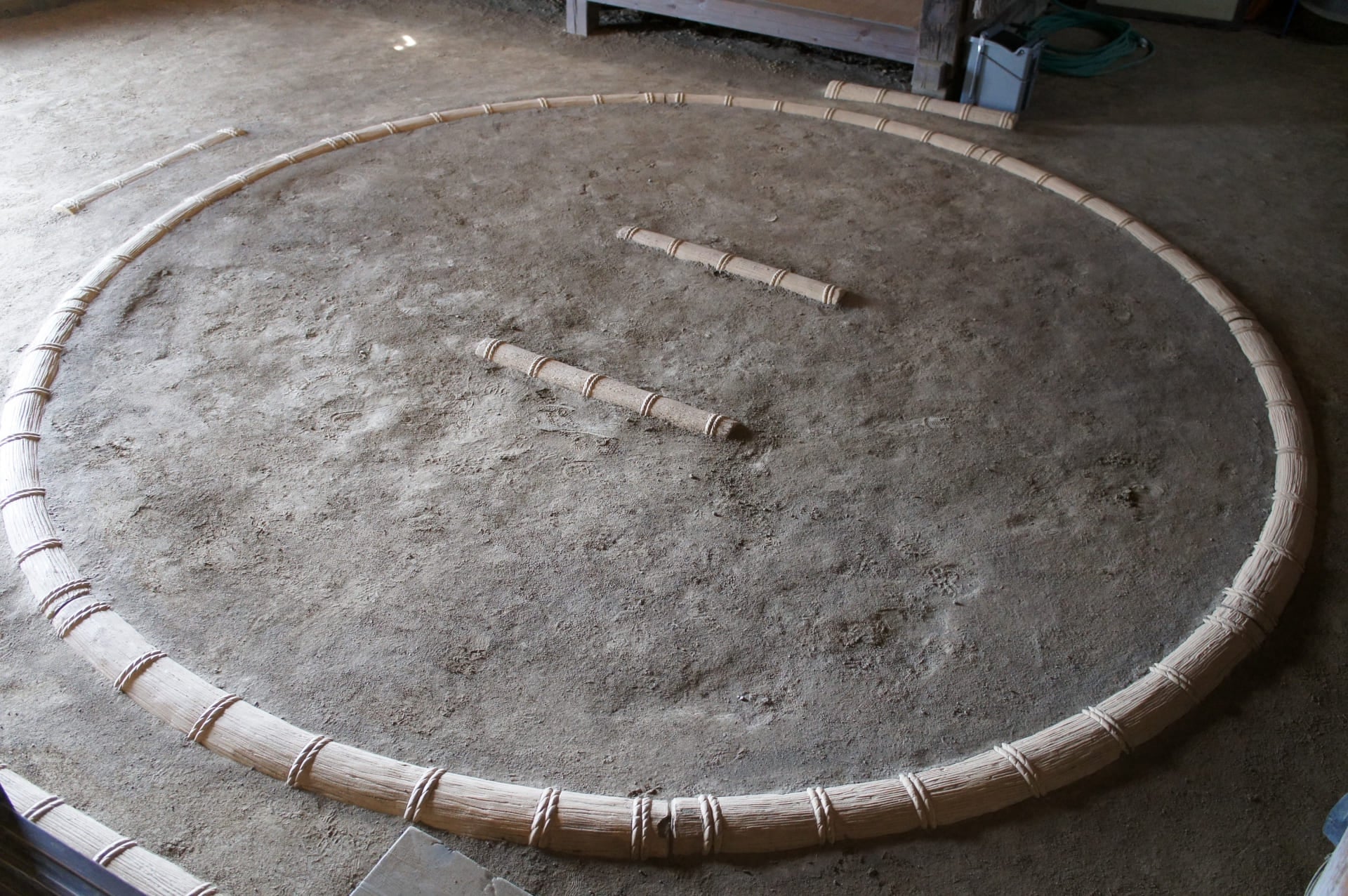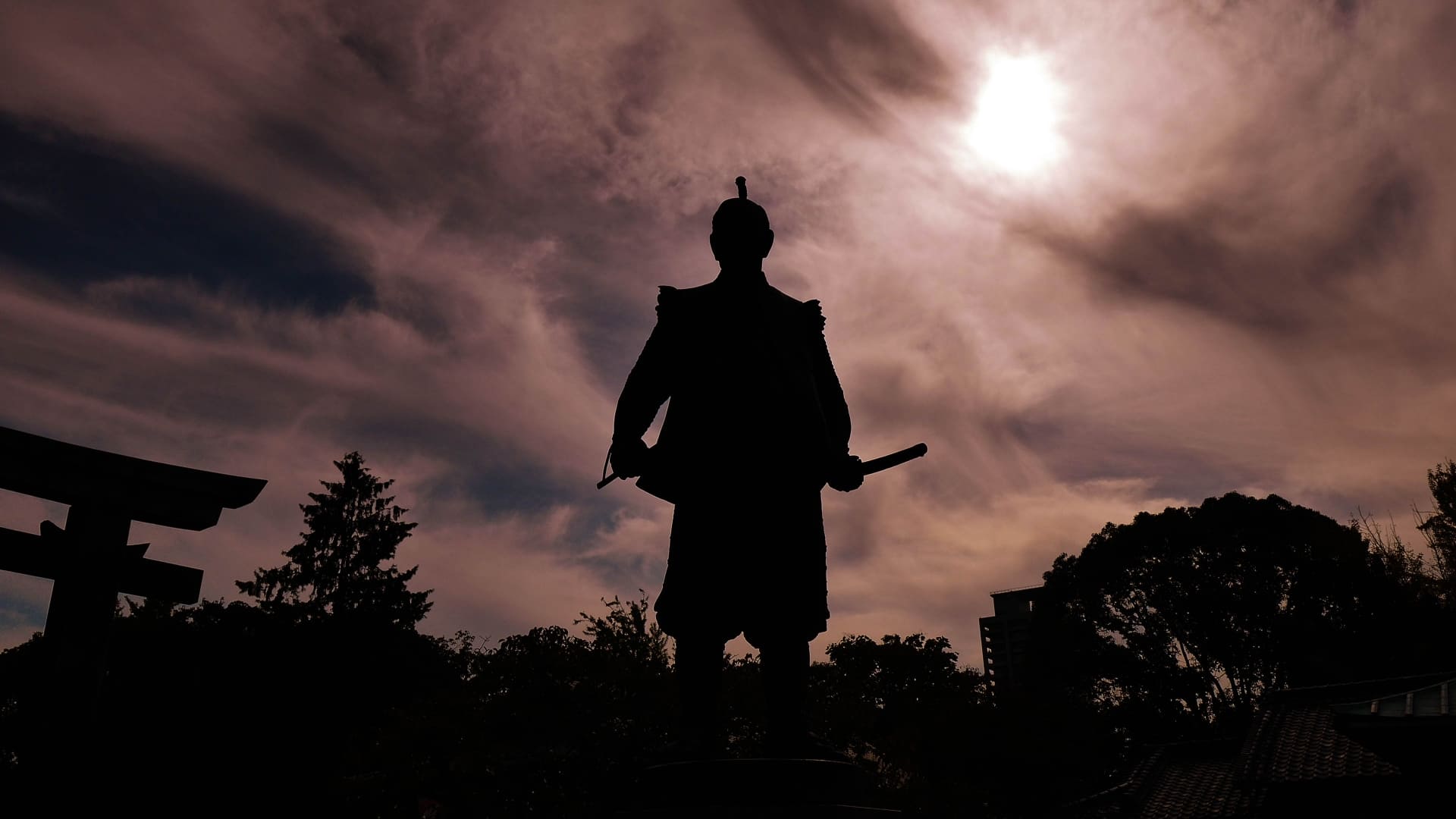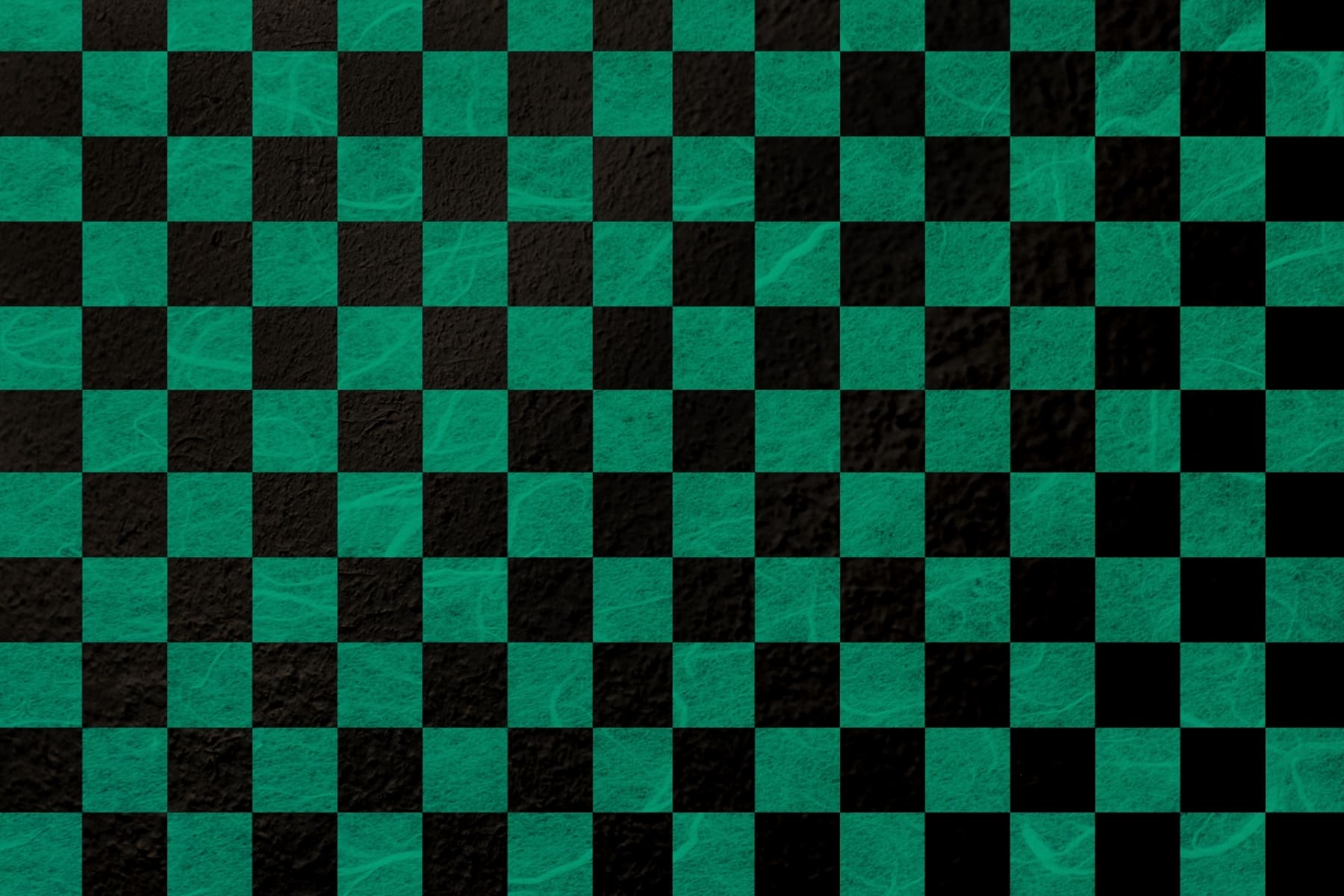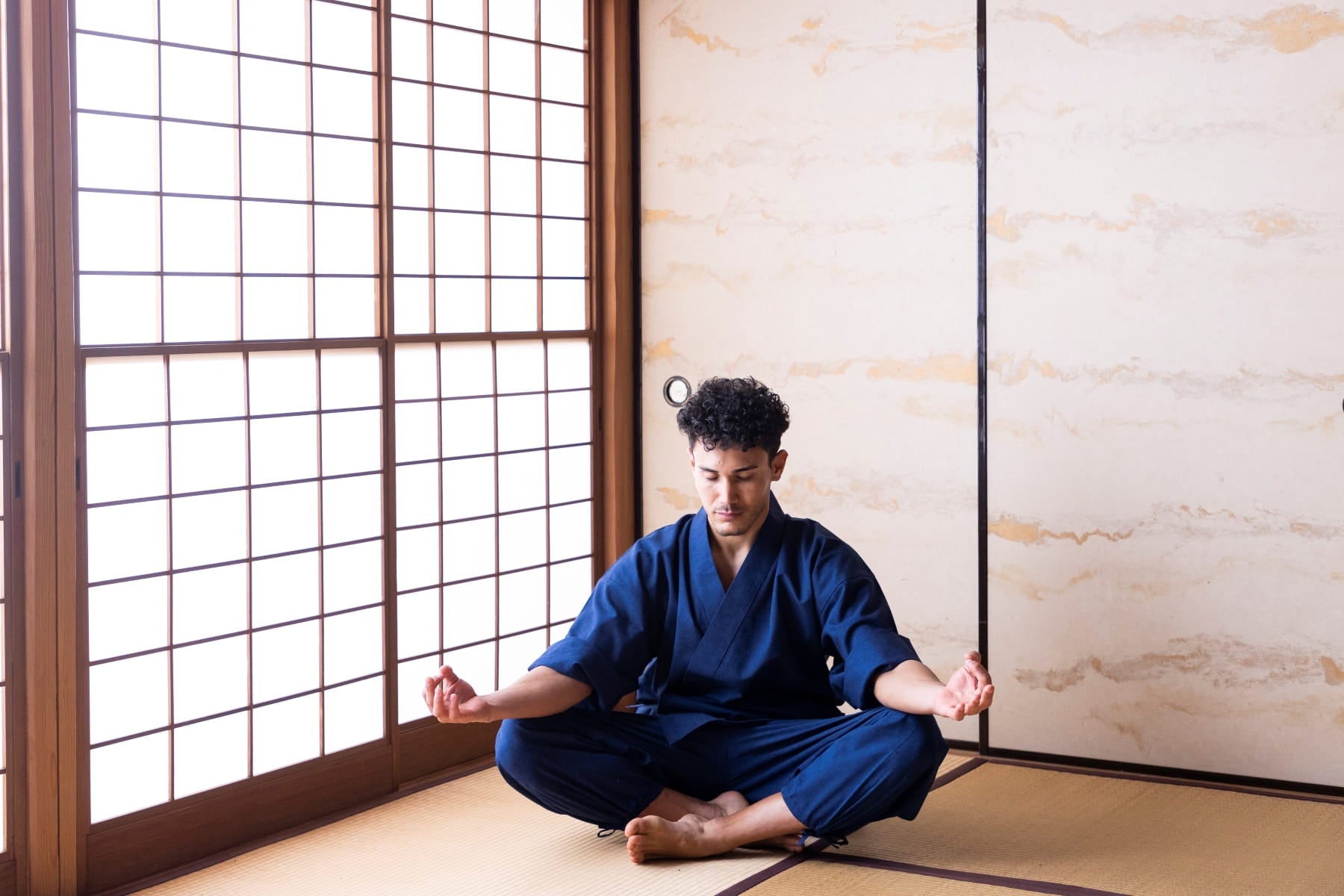Budo, or Japanese martial arts, developed from kobujutsu, a traditional martial art where lethal, wounding, and subjugating techniques were combined with the “way” of perfecting one's character through its practice. After the Meiji Period, killing people was forbidden by modern laws, and the concept of budo waned. However, it is considered to have developed with the addition of the purpose or “way” of training oneself and elevating one's body and spirit. It is not an exaggeration to say that budo is the very symbol of Japan, and the embodiment of the Japanese spirit.
History
The formation of budo as part of Japanese culture is surprisingly new, and it was not until the beginning of the Edo Period that it was established. Prior to its establishment, martial arts was not considered a “way” – it was considered a “technique” for killing people, and an “art” for advancing in life. However, with the development of group tactics (such as pike tactics) and the proliferation of guns by the latter half of the Warring States Period, the fact that the skill of an armed individual could determine the outcome of a battle virtually vanished. Moreover, at the start of the Edo Period when warfare itself disappeared, martial arts merged with ancient spiritual culture (ideology and ethics), and such martial arts became an established part of the education of the samurai class. Later, when samurai society collapsed at the start of the Meiji Period, fully fledged budo centered on fencing spread rapidly among the people as part of their national culture. At the same time, do, the Japanese character for “way,” was added to bring the spiritual aspect to the forefront, and elements of Western sports were borrowed, resulting in the firm establishment of martial art sports that are still relevant today. While kendo and judo were established during the Meiji Period, karate as a martial art became popular at the start of the Showa Period.
The definition of budo
Originating from the systematization of martial arts in Japan, budo is a physical art that unifies spirit and technique derived from bushido (way of the samurai). It is a way of personal development that strengthens the mind, technique and physique in unison, it improves character, it elevates one's moral fiber, and it cultivates an attitude of respect for propriety. It is the collective term for the martial arts kendo, judo, kyudo (archery), sumo, karate, aikido, shorinji kempo (modern Japanese martial art based on Shaolin kung fu), naginata (art of the long sword), and jukendo (art of the bayonet).
Judo

Judo uses the opponent's strength to control them so even a small person can defeat a bigger person. Put simply, judo's philosophy and appeal is “softness triumphs over hardness, weakness over strength.”
Kendo
The kendo of old where lethal swords were used for killing each other has morphed into the fencing of modern kendo where life-saving swords are used for learning and cultivating the mind. The sport is also popular among non-Japanese because it evokes the movements and behavior of samurai.
Kyudo (archery)

Unlike other budo where the goal is to defeat the opponent, the objective in kyudo is to unite oneself to the bow and target, and the opponent is oneself. In this fight with oneself, one strengthens the mind and body, and improves one's skills.
Sumo

Sumo is a competition of strength where two large men clash almost naked inside a dohyo ring. Nowadays, it thrives as a professional sport known as “ozumo” which is also highly regarded outside of Japan as the country's national sport that represents Japanese culture.
Karate

One of the leading martial arts, karate still attracts much attention. There are two types of karate: traditional karate where the attack is stopped moments before it happens, and jissen karate, where the opponent is directly attacked. Both share the same philosophy of karate as budo.
Aikido
In contrast to other martial arts where strength and techniques are often used to defeat an opponent, aikido is unique as it is a martial art of “receiving,” and the opponent is controlled through ki or life energy. The objective is not to become strong, but to train the mind.
Shorinji kempo (martial art based on Shaolin kung fu)

Shorinji kempo is composed of 25 systems with 3 categories of techniques: goho (hard techniques), juho (soft techniques), and seiho (healing techniques) . Goho mainly consists of strikes and kicks, while juho consists mainly of dodges, reverses, and locks. All of these techniques are self-defense techniques consisting of defense and counterattacks.



